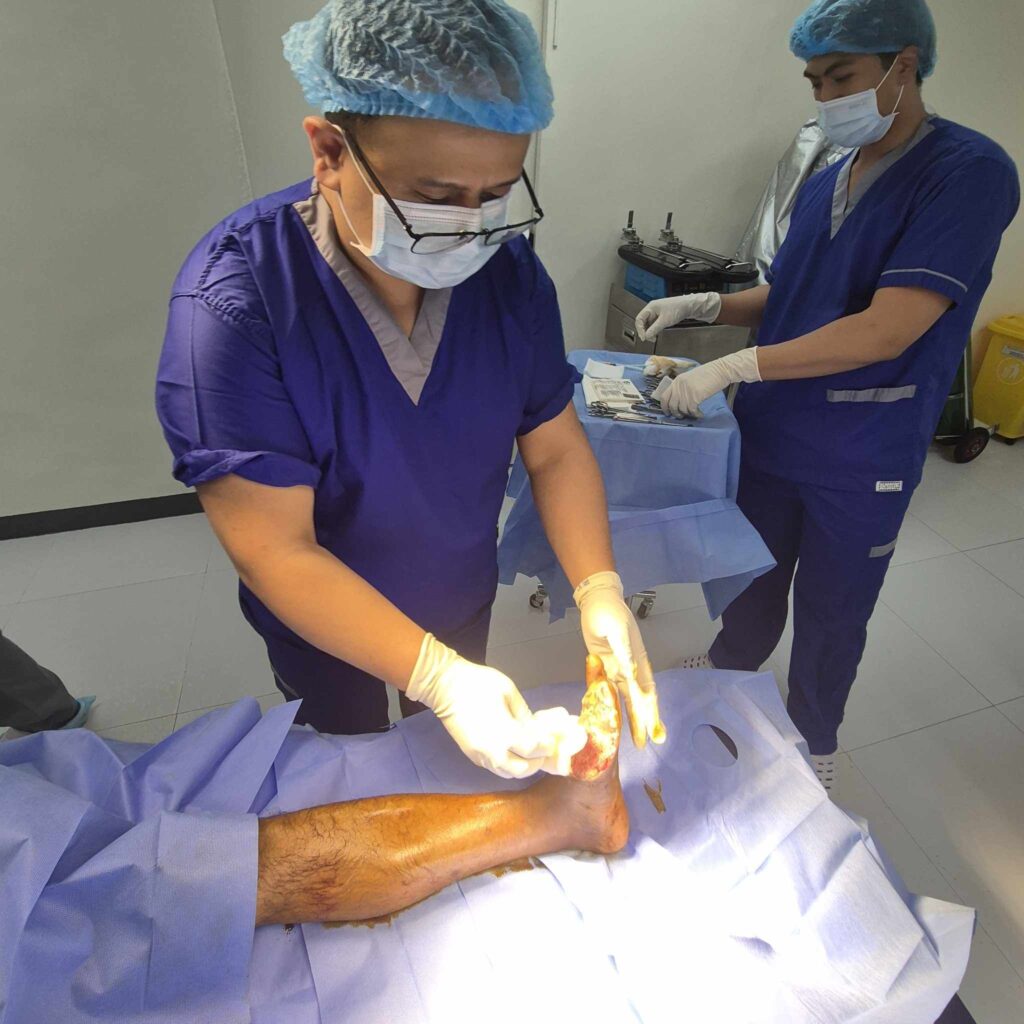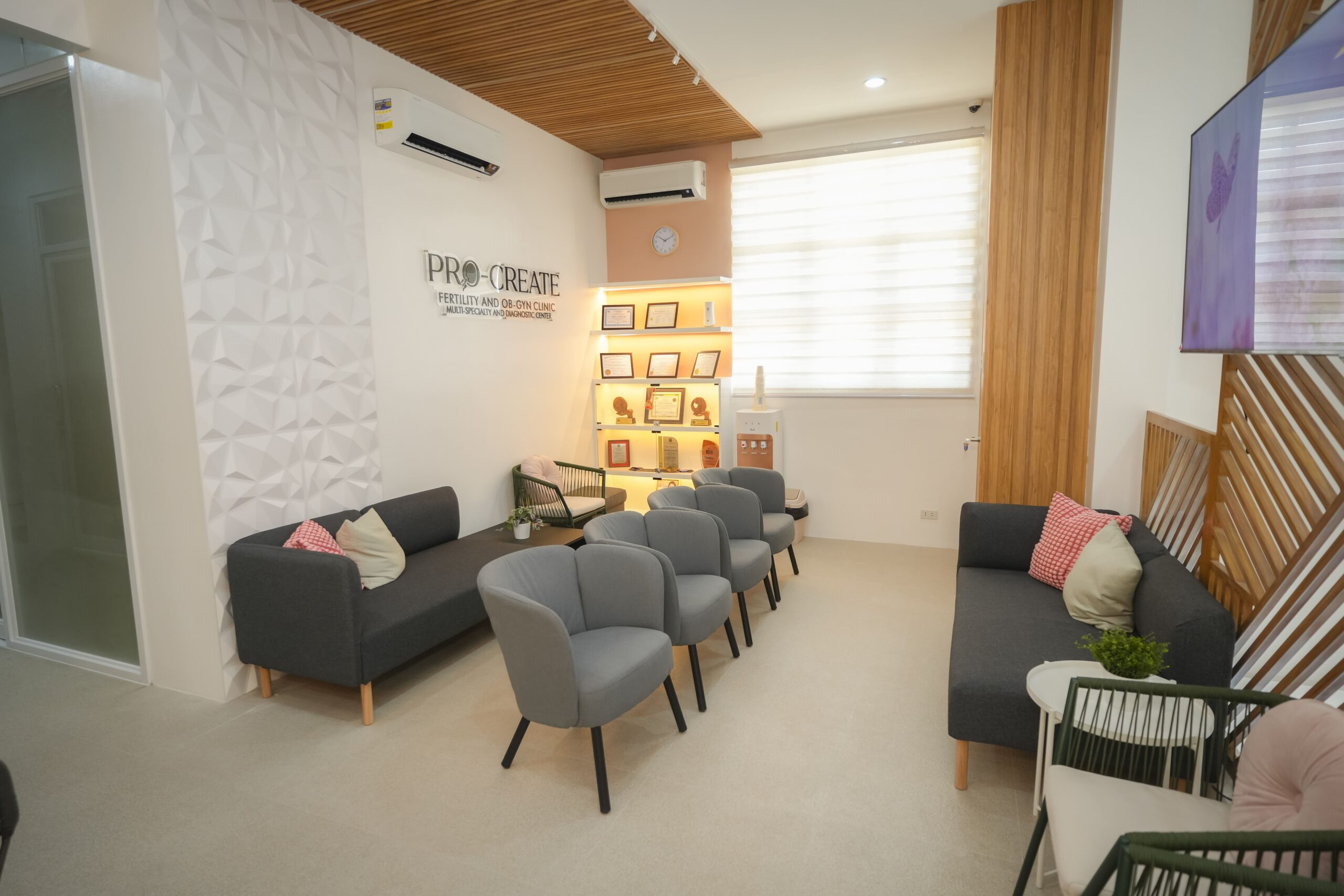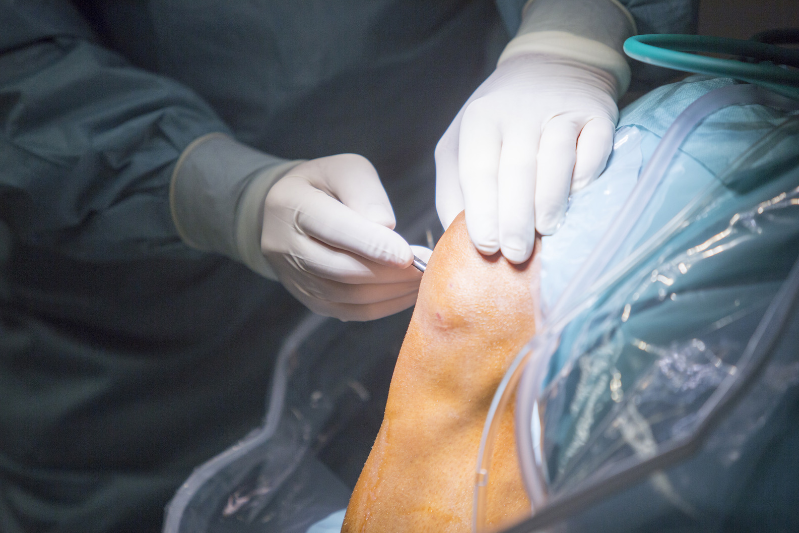Living with chronic knee pain limits more than just walking or climbing stairs. For many people, sports and recreational activities that once brought joy become impossible. When pain dictates daily life, even the thought of getting back to golf, cycling, or swimming feels out of reach. The good news is that modern joint restoration procedures make it possible to enjoy sports after knee replacement safely and confidently.
At Hips and Knees Joint Restoration and Replacement Center in the Philippines, international patients from the USA, Australia, New Zealand, and the UK come to regain their mobility through world-class orthopedic care. For these patients, surgery is not simply about reducing pain but also about reclaiming an active, fulfilling lifestyle.
Life After Knee Replacement: What Patients Can Expect
The recovery journey is different for everyone, but most patients notice significant improvements soon after surgery. Reduced pain, increased mobility, and the ability to walk short distances with comfort mark the first steps of healing. Over time, rehabilitation exercises strengthen the joint, restore flexibility, and prepare patients to resume sports after knee replacement.
Thanks to advanced surgical methods like minimally invasive techniques, patients at our center often experience faster recovery compared to traditional approaches. Our focus on the Direct Anterior Approach allows patients to return to movement with less discomfort and greater efficiency. These innovations make it possible for patients not only to walk without pain but also to return to sports after knee replacement in a safe, guided manner.
Safe Sports After Knee Replacement
Returning to athletic activities is often a key motivation for patients seeking knee replacement surgery. While it is important to recognize that not every sport is advisable after surgery, many low-impact activities are highly encouraged.
Low-Impact Activities
- Swimming: Excellent for cardiovascular health and joint-friendly movement. Water supports body weight, minimizing stress on the knee.
- Cycling: Improves strength and flexibility while keeping impact minimal. Stationary cycling is often part of rehabilitation programs.
- Walking: Gentle yet effective for building endurance, circulation, and muscle strength.
- Golf: Popular among knee replacement patients; walking the course and swinging a club can be resumed with care.
- Yoga and Pilates: Promote balance, flexibility, and controlled movements that support joint health.
Engaging in these activities not only improves fitness but also strengthens the muscles supporting the knee implant. This combination helps ensure long-term success for patients pursuing sports after knee replacement.
Strength and Balance Exercises
In addition to recreational sports, resistance training and balance-focused exercises are valuable. These include light weightlifting, controlled squats, and stability routines. Building stronger leg and core muscles stabilizes the new joint and supports overall physical activity. Patients who consistently follow a guided program often report better performance in sports after knee replacement.
Sports to Approach With Caution
While the benefits of resuming an active lifestyle are clear, some sports pose higher risks. Activities that involve sudden twisting, heavy impact, or physical contact can place unnecessary stress on the artificial joint.
High-Impact or Contact Sports to Limit
- Running or jogging on hard surfaces
- Basketball, soccer, and football
- Singles tennis due to quick pivots and jumps
- High-intensity aerobics with repetitive pounding
Engaging in these sports after knee replacement can accelerate wear on the implant, increase the chance of injury, and possibly reduce the life of the joint. Patients eager to resume high-impact sports should always consult their orthopedic surgeon to assess individual risks and explore safer alternatives.
Tips for a Safe Return to Sports
A gradual, structured approach ensures success when returning to sports after knee replacement. Here are essential tips for patients:
Start Slow and Progress Gradually: Begin with short, low-intensity sessions and slowly increase duration and difficulty. This allows the joint and surrounding muscles to adapt safely.
Commit to Rehabilitation: Structured physiotherapy is a cornerstone of recovery. A personalized rehabilitation program builds strength, flexibility, and confidence. Patients who diligently follow their rehab plan often transition into sports after knee replacement more smoothly.
Choose Proper Equipment: Supportive footwear, braces if recommended, and well-maintained sports gear reduce unnecessary strain. Good equipment makes movements more efficient and safer.
Listen to Your Body: Pain or swelling should not be ignored. Resting when necessary and adjusting activity levels prevents setbacks and ensures long-term joint health.
Stay Connected With Your Care Team: Regular follow-ups with your surgeon and rehabilitation specialists provide reassurance and adjustments to your activity plan. This guidance is invaluable when exploring sports after knee replacement.
Why Many Patients Choose Knee Replacement Abroad for an Active Future
Patients from around the world face barriers to timely and affordable care. In countries like the USA, Australia, New Zealand, and the UK, costs for joint replacement can be prohibitively high, and waiting lists can stretch for months or even years. These challenges leave patients unable to live fully active lives.
At Hips and Knees Joint Restoration and Replacement Center in the Philippines, we provide an alternative. Patients benefit from:
- Significant cost savings compared to Western countries
- Shorter waiting times, with surgery often scheduled within weeks of consultation
- Advanced surgical techniques such as the Direct Anterior Approach for faster recovery
- Comprehensive aftercare, including rehabilitation programs and telemedicine follow-ups
This patient-centered approach is designed not only to restore movement but also to empower individuals to enjoy sports after knee replacement without unnecessary barriers.
Patient Journey Highlight
Consider the story of an international patient who traveled to the Philippines for knee replacement. Before surgery, chronic knee pain kept her from playing golf, a sport she had loved for decades. After undergoing surgery with Dr. Tec and following a tailored rehabilitation program, she gradually returned to the golf course. Walking the fairway, swinging her club, and enjoying the outdoors with friends became possible once again. Her journey is a powerful reminder that sports after knee replacement are not just possible—they are life-enhancing.
Takeaway
Choosing knee replacement is about more than eliminating pain—it is about restoring life’s possibilities. For patients who love movement, returning to sports after knee replacement symbolizes freedom, health, and renewed joy. At Hips and Knees Joint Restoration and Replacement Center, we are committed to helping patients not just walk again but truly live again—whether that means swimming laps, cycling with friends, or enjoying a round of golf.
Frequently Asked Questions
Can I play sports after knee replacement?
Yes, many patients return to safe, low-impact sports such as swimming, cycling, and golf. The key is following medical guidance and a structured recovery plan.
How soon can I start exercising after surgery?
Light activities often begin within weeks, but full return to sports after knee replacement typically takes several months depending on recovery progress.
Will playing sports damage my knee implant?
Safe sports are encouraged and beneficial. However, high-impact activities can increase wear on the implant. Consult your surgeon before resuming any demanding sport.
Do I need special rehabilitation for sports recovery?
Yes. A personalized rehabilitation program strengthens muscles, improves flexibility, and prepares the body for athletic activity. This is essential for patients pursuing sports after knee replacement.
What sports should I avoid after knee replacement?
High-impact and contact sports such as running, basketball, football, and singles tennis should generally be avoided to protect the joint.







